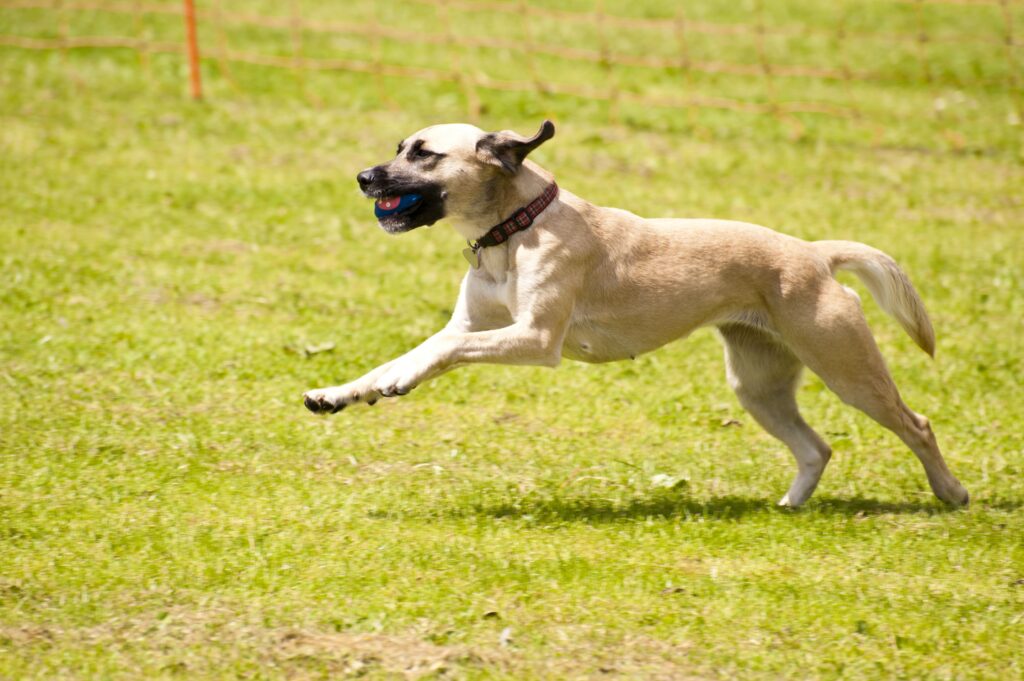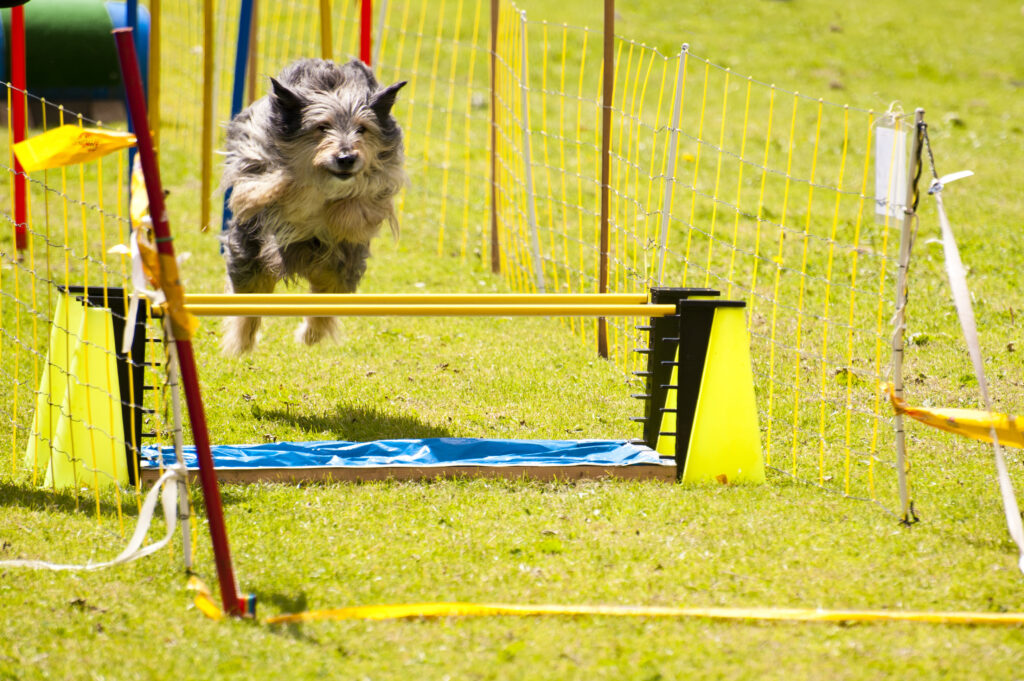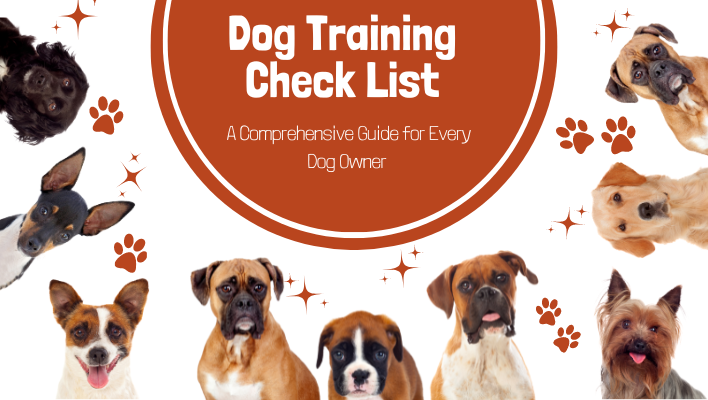Welcoming a new furry friend into your home is an exciting and rewarding experience. However, it also comes with a great responsibility—training your puppy. Training is crucial for their well-being and the harmony of your household. To help you navigate through this process, we have created a dog training checklist. This comprehensive guide will cover all the essential steps and techniques needed to train your puppy effectively.
Table of Contents
Setting the Foundation: Crate Training
- Start by introducing your puppy to their crate as a safe and comfortable space.
- Gradually increase the time spent in the crate to accustom them to being alone.
- Use positive reinforcement, such as treats and praise, to associate the crate with positive experiences.
- Ensure the crate is appropriately sized for your puppy’s comfort.

Teaching Your Puppy: The Basics
- Begin with short training sessions to keep your puppy engaged and focused.
- Use treats as rewards to reinforce desired behaviors.
- Start with basic obedience commands like “sit,” “stay,” and “come.”
- Practice consistency and patience to help your puppy understand what you expect from them.
Structured Training Sessions
- Allocate regular time for focused training sessions with your puppy.
- Keep the training environment distraction-free to enhance their concentration.
- Break down commands into smaller steps for easier comprehension.
- Gradually increase the difficulty level as your puppy becomes more proficient.

Mastering Basic Obedience Commands
- “Sit”: Teach your puppy to sit on command, using treats and gentle guidance.
- “Stay”: Train your puppy to remain in one position until released, reinforcing the command with rewards.
- “Come”: Teach your puppy to come when called, using positive reinforcement and an excited tone of voice.
- Regularly practice these commands in different environments to strengthen their response.
Tackling Separation Anxiety
- Gradually introduce your puppy to short periods of alone time to prevent separation anxiety.
- Create a positive association by leaving them with interactive toys or puzzles.
- Practice leaving and returning without making a big fuss to normalize departures.
- Consult a professional trainer if your puppy exhibits severe anxiety symptoms.
Play Sessions: The Fun Part of Training
- Incorporate play sessions into your training routine to keep your puppy mentally stimulated.
- Use interactive toys, such as puzzle toys or treat-dispensing toys, to engage their problem-solving skills.
- Practice socialization by organizing playdates with other well-behaved dogs.
- Encourage appropriate play behavior and provide positive reinforcement for good manners.
Consistent Potty Breaks and Potty Training
- Establish a regular schedule for potty breaks to prevent accidents.
- Take your puppy outside after waking up, eating, drinking, or playing.
- Choose a designated elimination spot in your yard and reward your puppy for eliminating there.
- Be patient and consistent during the potty training process, as accidents are part of the learning curve.
Conclusion
Training your puppy is a rewarding journey that requires time, effort, and dedication. By following this dog training checklist, you can lay a strong foundation for your puppy’s development and establish a harmonious relationship. Remember, consistency, positive reinforcement, and patience are key. Celebrate your puppy’s progress, and seek professional help when needed. With love, care, and proper training, your puppy will grow into a well-behaved and happy member of your family.
Remember, a well-trained dog is a happy dog, and a happy dog means a happy owner!
-
What are the 5 golden rules of dog training?
Here are the five golden rules of dog training
Consistency : Establish clear rules and expectations. Use consistent ommands, gestures, and rewards.
Positive Reinforcement: Reward good behavior with treats, praise, and playtime. Encourage desired behaviors through positive reinforcement.
Timing: Reward your dog immediately after desired behavior.
Create a clear connection between behavior and reward.Patience: Training takes time and patience.
Stay calm, consistent, and celebrate small victories.Communication: Understand your dog’s body language and vocalizations. Use clear, positive cues and gestures for effective communication.
Remember, following these golden rules will help you create a positive and successful training experience for you and your dog, strengthening your bond and fostering desired behaviors.
-
What are the 7 main dog commands?
The 7 main dog commands are:
Sit: Teach your dog to sit on command. This is a fundamental command that helps establish control and discipline.
Stay: Train your dog to remain in one position until released. This command is crucial for safety and control in various situations.
Come: Teach your dog to come to you when called. This command is essential for recall and ensuring your dog’s safety.
Down: Train your dog to lie down on command. This command promotes calm behavior and helps manage their energy.
Heel: Teach your dog to walk calmly and beside you without pulling on the leash. This command promotes proper leash manners.Off: Train your dog to get off furniture or stop jumping on people. This command establishes boundaries and promotes good manners.
Leave it: Teach your dog to ignore or release items they should not touch or consume. This command is essential for their safety and prevents them from picking up harmful objects.
These 7 main commands provide a solid foundation for obedience and communication between you and your dog. Consistent training and reinforcement will help your dog understand and respond to these commands effectively.

